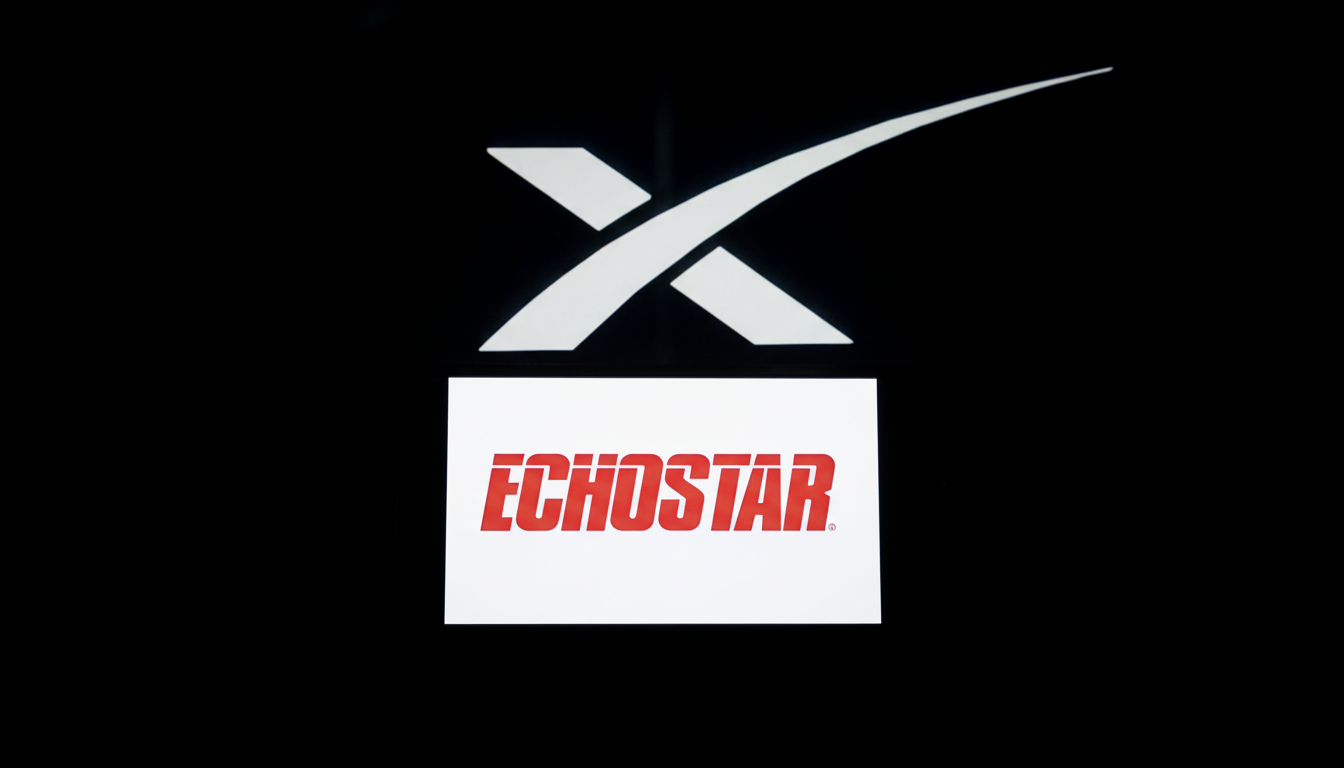Iridium is hunkering down for a bumpy IFC ride after SpaceX signed a $17 billion deal to use cellular-grade spectrum to connect its customers on Earth, a move that the satellite operator’s CEO Matt Desch described as “disruptive” and potentially could quicken the pace of deployment of satellite-to-smartphone services globally. The company said it will pivot to a posture of defending its core business while focusing on other growth opportunities related to industrial, government and IoT markets.
A Spectrum Play With Cellular Ambitions for Starlink
SpaceX says the EchoStar spectrum would allow a direct 20x increase in capacity that its satellites could deliver to normal phones, elevating Starlink’s cellular aspirations from SMS and low-rate data into more robust app and voice experiences. The company has already deployed hundreds of satellites wired for direct-to-device (D2D) connections, and is testing service in cellular dead zones through a partnership with a top US carrier.

The prize is seamless coverage. With the right spectrum and a 3GPP NTN standard to adhere to, satellites can look, to a smartphone, instead like a remote cell tower, reducing the necessity of special hardware. But achieving full-scale service will still mean launching new payloads, locking down device and chipset support, and coordinating operations among national regulators — work that SpaceX has indicated will take years, not months.
Iridium Maps Its Pivot Amid Direct-to-Device Shift
Desch told investors Iridium will be “proactive,” focusing on differentiated services where the company’s 66-satellite LEO network shines — mission-critical communications, aviation and maritime safety, narrowband Internet of Things and government workloads. Iridium has also stayed away from the price-driven commodity broadband market, and that won’t change.
Iridium is pushing forward with Iridium NTN Direct, which will allow standard smartphones to connect through operator partnerships. The effort, which once entailed a 2023 smartphone deal with Qualcomm that fell apart, has now expanded to on-air testing from live satellites and mobile network operator outreach. That said, management reiterated it will not pay for a broadband D2D buildout on its own, highlighting the capital intensity of mass-market cellular from space.
The company also teased inorganic options, including potential acquisitions in related markets or even launching that new-generation constellation as payloads on a competitor’s satellites — something mentioned by William Blair Securities in a research note on the deal.
Rivals Race to Direct-to-Device Connectivity Markets
The competitive landscape is changing rapidly. Apple’s emergency location service operates on Globalstar’s L-band network, which in January The Information reported was exploring strategic options — including a sale that could fetch north of $10 billion. AST SpaceMobile has shown live broadband calls from space with standard handsets, while Lynk Global looks to SMS-first services in collaboration with mobile operators in a variety of markets.

SpaceX is the outlier in terms of scale, having launched thousands of internet satellites under its Starlink brand with more than 650 said to outfit their electronics for cellular connections. Pairing that armada with licensed terrestrial spectrum suggests the potential for a full-blown mobile service, whether as a competitor or complement to national carriers — an idea Elon Musk has openly toyed with. That whipsaw of spectrum, orbital density and launch cadence is the fundamental disruption for Iridium.
Policy and Technology Gates Still Count for NTN
Regulation is both facilitator and gatekeeper. In the United States, the FCC’s Supplemental Coverage from Space approach opened a way for satellite companies to leverage mobile carriers’ spectrum to link phones in hard-to-reach areas. To be sure, the wheels persistently grind: ITU decisions at international world radiocommunication conferences and 3GPP’s Release 17 and 18 NTN standards are establishing technical and policy rails — yet spectrum rights, coexistence rules, and cross-border interference continue to prove intricate.
Technologically, going beyond messaging is dependent on tight link budgets, advanced beamforming and careful power management — but just inside of those phones that were never designed to talk to satellites. And even with spectrum, network operators have to juggle coverage, capacity and latency needs while trying to herd device makers, baseband suppliers and carriers onto the same roadmap. “We believe there is no single technology that will unlock all the potential for 5G in different applications,” said Matt Branda, a Qualcomm senior staff engineer. And there should be practical limits on some of the capacity easing as chipsets become more mature and satellites start adding larger arrays and connecting via inter-satellite laser links.
What to Watch Next in Satellite-to-Phone Services
In the shorter term, this could mean more spectrum disclosures and cross-licensing agreements, as well as wider handset availability in line with 3GPP’s endeavors to define NTN profiles. How Iridium marches forward with NTN Direct and potential partnerships will indicate how it hopes to compete alongside a beefed-up Starlink.
Additional consolidation is also on the table. Were Globalstar to seek a sale, it might re-map alliances between tech platforms, satellite operators and carriers. Against that backdrop, Iridium is signaling discipline: Double down on specialized services, partner where it makes sense and avoid a capital arms race that it does not have to win in order to stay indispensable.

